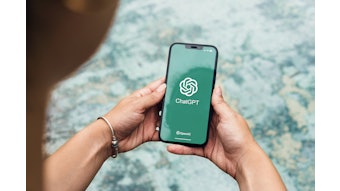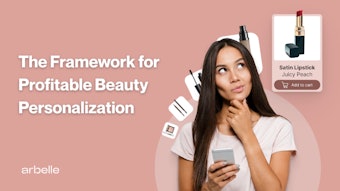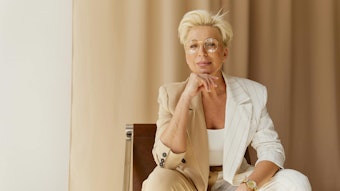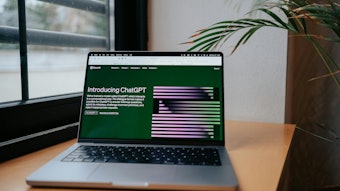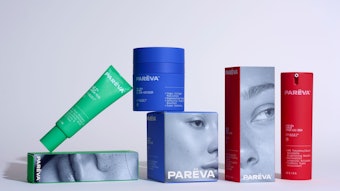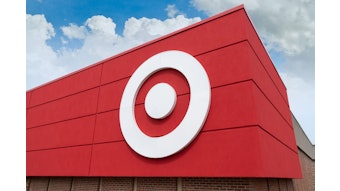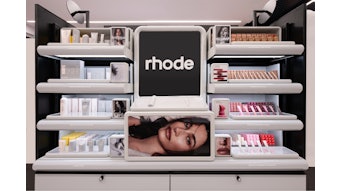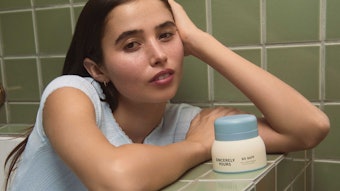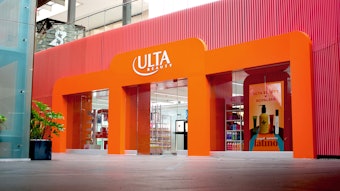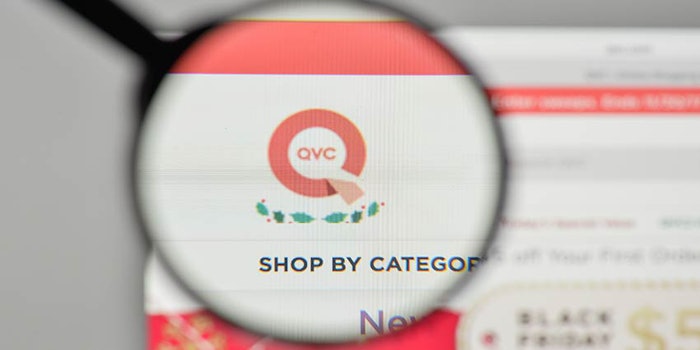
Matt Allison and Alisa Marie Beyer will discuss pitch decks and other keys entrepreneurs require to succeed at Cosmoprof North America. Tickets are now available.
The typical home shopping spot runs between eight to 14 minutes. And only about 10% of the brands that earn a slot in front of the cameras ever gets a second or third airing, says Matt Allison, managing director of The Barrett Group, a new firm that seeks to “discover, bring and grow brands” for the global home shopping marketplace.
Optimizing Brands for Home Shopping
Brands often fail on air because the messaging (why this product and why now?), branding, packaging, before-and-after pictures or, most often, the spokesperson just isn’t right. Because the learning curve in home shopping is especially high for entrepreneurs, The Barrett Group brought on an advisor, Susie Hassan, a veteran QVC on-air personality with extensive experience in the beauty, technology and home categories.
Further reading: Qurate: The Third Way to Shop
When necessary, the group will work to “repair and innovate brands” in cooperation with branding agency LemonTree Partners, product development firm Ameann Beauty and Beauty Results PR. The goal: maximize clients’ odds of success on home shopping platforms such as QVC’s US, Italian and German outlets, as well as HSN, Evine and The Shopping Channel.
Why Brands Fail
Hassan has appeared on hundreds of home shopping programs. Time and again she witnessed brands debut with lots of excitement, only to disappear. Why? Because, while these brands did everything right to gain a slot on air, they often failed in the execution once the cameras were live.
Brand spokespeople need to be prepared to keep up with the breakneck pace.
The churn rate is consequently high. To feed the pipeline, many home shopping outlets have established training classes for new brands, which run as much as four to five days a week and feature 10 to 20 prospective on-air candidates. However, these classes are often not enough.
Previously: How I Got My Brand on QVC
Hassan has taken part in these classes and frequently saw brand representatives struggle to generate a coherent benefit statement on their own products. These are not details to be considered once the cameras are rolling. Hassan explained that hosts receive real-time information on viewers’ responses from the networks’ control rooms. These highly trained hosts can respond to feedback on the fly and deploy strategic words when needed. Brand spokespeople need to be prepared to keep up with the breakneck pace.
Third-party clinical testing can possibly sift out certain claims that might have worked in other retail channels but are out of bounds for the home shopping space.
Hosts do their homework on the brands they work with, says Allison, but if the chemistry between the brand ambassador and host is off, no amount of practice can make those few minutes go quickly enough.
That’s why the Barrett Group is leveraging its collective insights and resources, as well as those of its partners, to help clients select the right channel and market, get on air, succeed in front of the cameras and achieve sustainable growth.
Getting Brands On-camera-ready
Home shopping channels are particularly sensitive to claims documentation for beauty, Allison says. The broadcasters’ legal departments must be able to substantiate claims and ensure they’re firmly within regulatory rules.
Third-party clinical testing can possibly sift out certain claims that might have worked in other retail channels but are out of bounds for the home shopping space. Hassan notes that this process could impact how easy it is for a brand to declare itself organic or natural, for example, which could in turn alter the ultimate sales pitch. The key, she says, is to massage the words that work around any regulatory limitations—without crossing the legal or ethical line.
The power of video bigger than ever.
Allison says that The Barrett Group works to ensure that claims’ legal documentation is in order before meeting with a home shopping channel’s buying or legal departments.
The group can also help clients to understand the value of befores and afters, which graphics are appropriate and when they should be displayed. The team can also help translate the science behind the brand into a buyer- and consumer-friendly sales pitch.
Growing Home Shopping Opportunities
While some brands may not recognize the potential of home shopping, the power of video bigger than ever, says Hassan. The channel offers a precious captive audience of people across platforms—something that’s increasingly difficult to achieve.
Similarly, Hassan says that many US brands limit their strategic thinking to domestic home shopping standbys. However, the demand for US brands and products in international channels is growing in Europe, Australia, Dubai and elsewhere. There are real untapped opportunities to be had.
At the same time, Hassan says, there are ever-more options for brands to pursue, including QVC2 and the outlet’s youth-oriented BeautyIQ.
Small and Medium Brand Opportunities
Medium-sized brands have discovered the power of home shopping, says Allison. These brands have witnessed a lift in physical retail following their appearances, even if they don’t ultimately stay engaged in the channel.
Now, young startup brands will need guidance and direction to enter the sector. These clients are the most likely to have missed some steps in getting on air, given their small scale. So, the group works with its LemonTree partners, including Coastal Salt & Soul founder Alisa Marie Beyer, to redo some of the clients’ steps, revamp the brand for retail, enhance their social media presence and, ultimately, achieve a “yes” from a home shopping platform.
